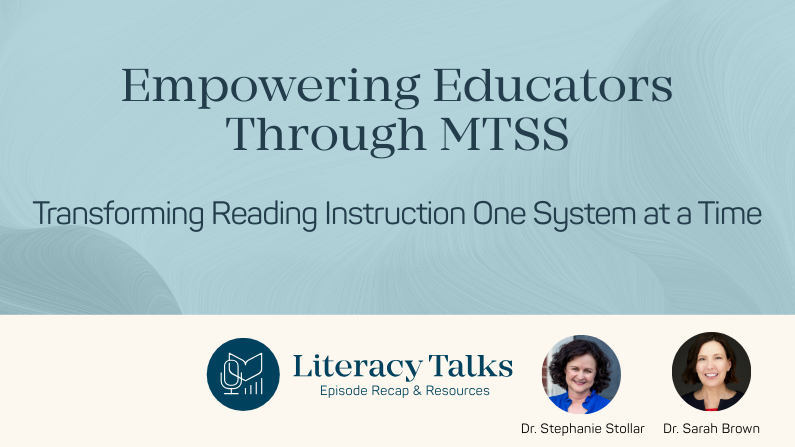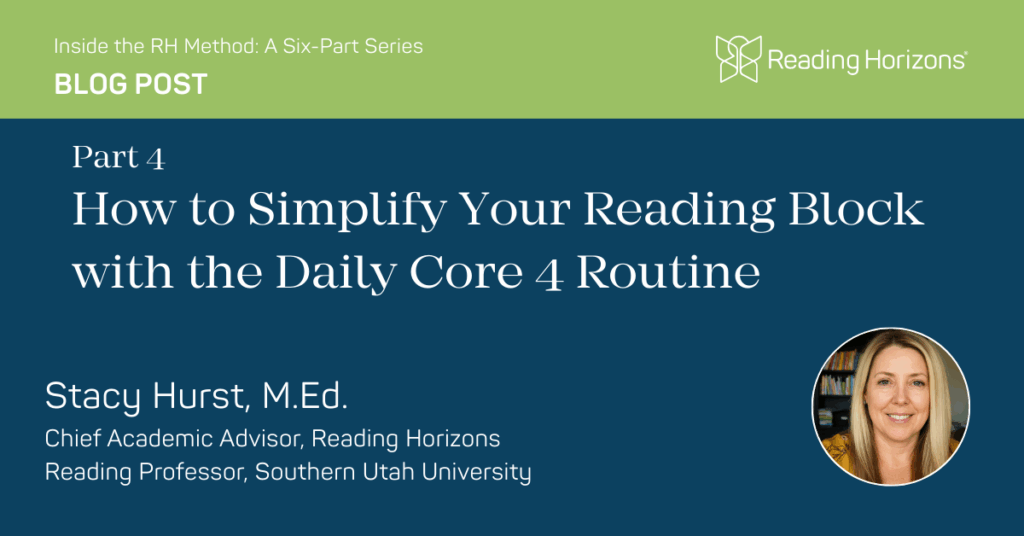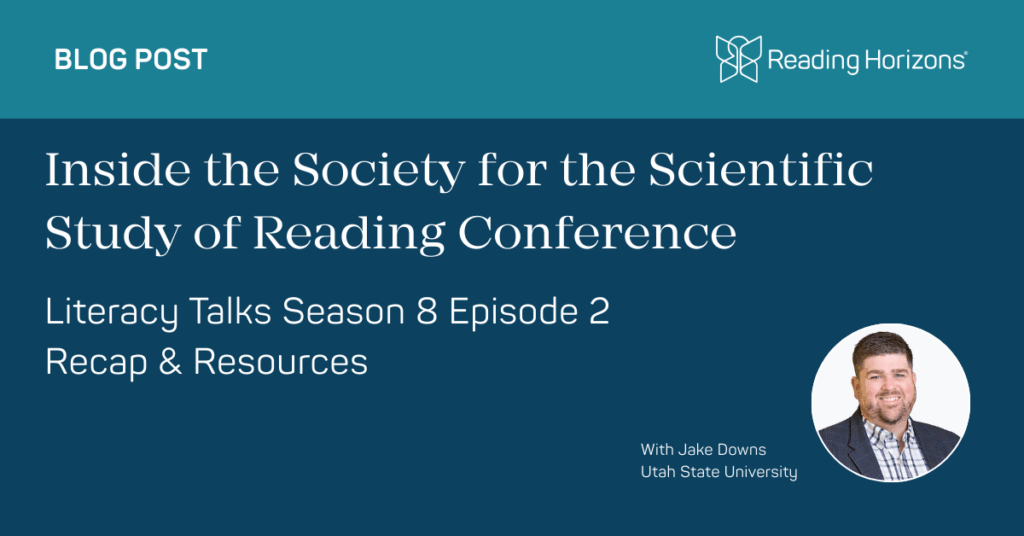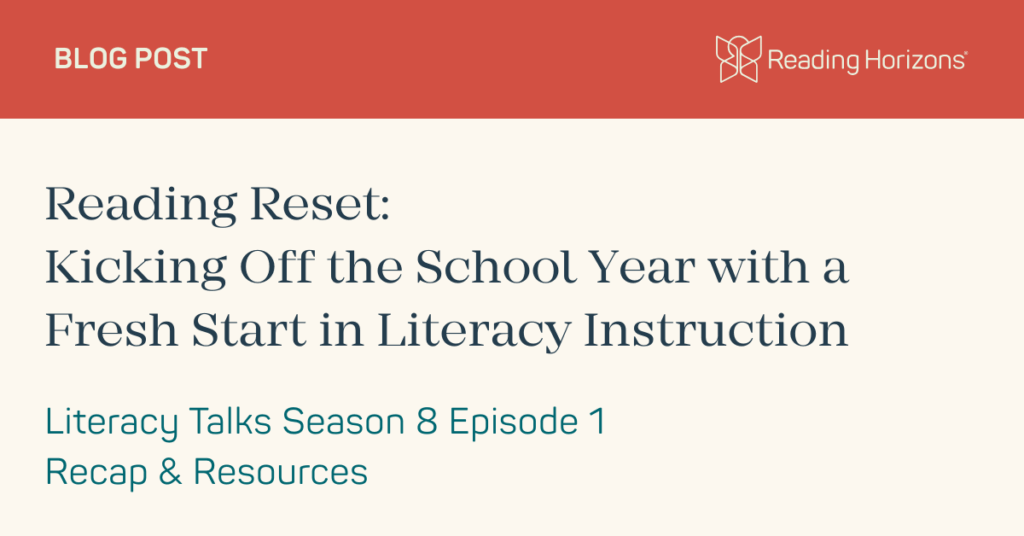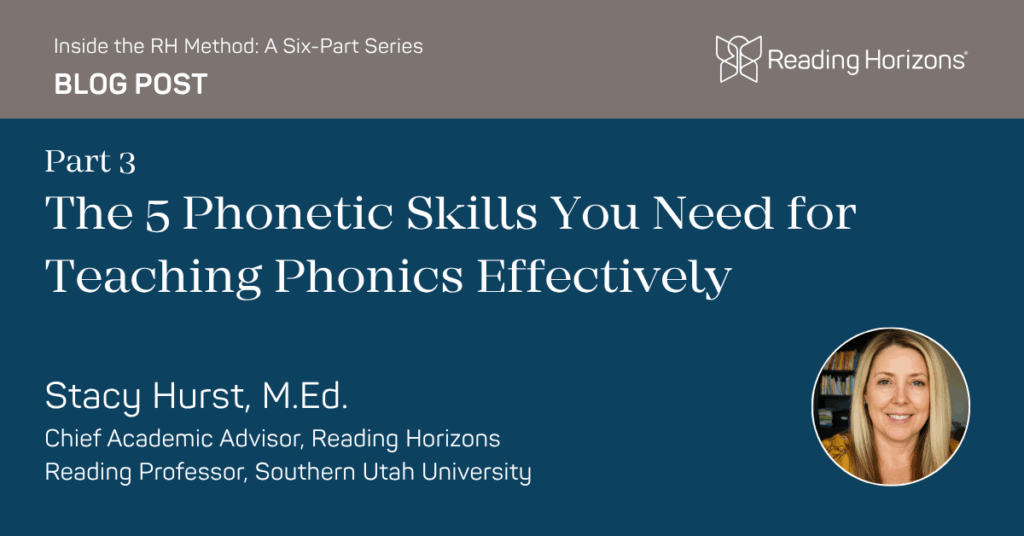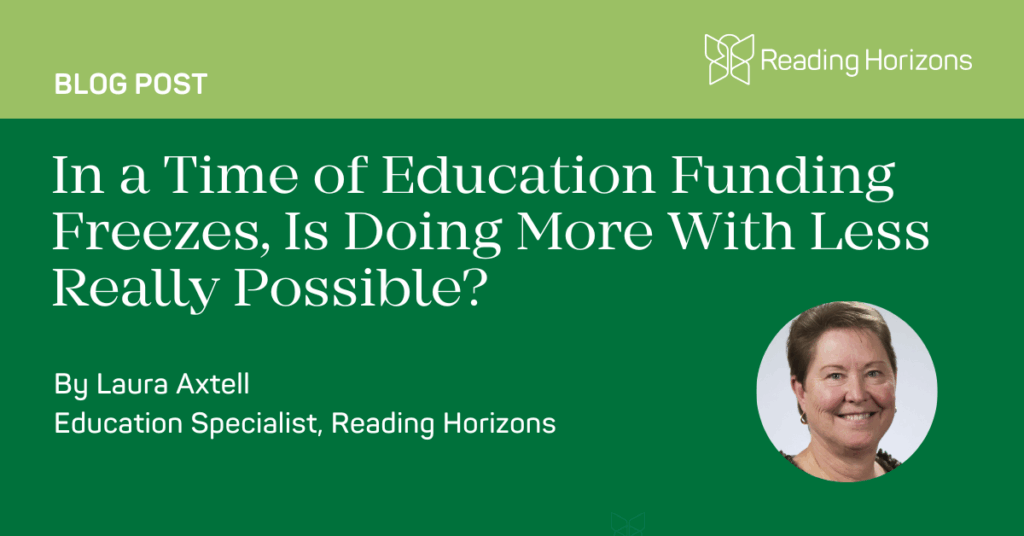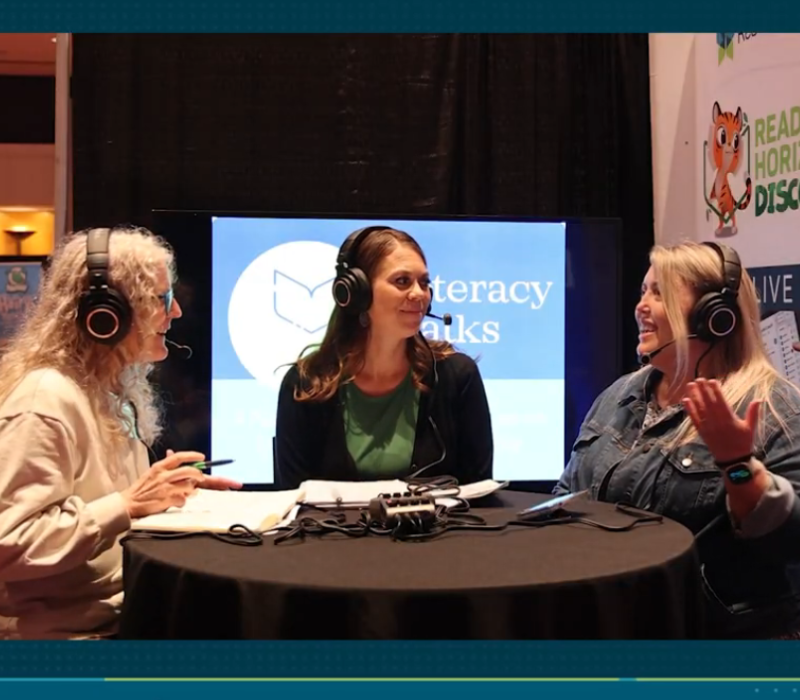
FEATURED
🎉 Celebrating 100 Episodes: Our Journey into the Science of Reading
This milestone episode of Literacy Talks marks 100 insightful conversations on literacy, and to celebrate, the hosts—Stacy Hurst, Donell Pons, and Lindsay Kemeny—unearthed a special gem: the never-before-aired original episodeContinue reading "🎉 Celebrating 100 Episodes: Our Journey into the Science of Reading"

